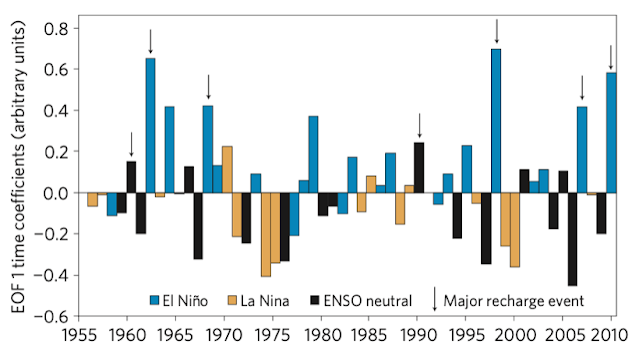Urban Environment - Cape Town II

The last entry introduced the drought in 2018 in Cape Town and its effect on the city. At the beginning of the last post, together with the video, I’ve put I have given out some questions to think about while looking at the case study: How has the urban setting altered the situation? How effective were the regulations? What can be done better? In this post, I wish to continue the topic on Cape Town and discuss, around these questions, the problem of changing environment and water in the African urban setting. ———————————————— Droughts often have various effects on different people based on structural factors including class, gender, and historical legacies of discrimination and segregation . A "water crisis" is thus more than just a matter of having too much or too little water; it is frequently a "governance catastrophe," in which the institutions in place have failed to generate resilience, adjust to changing conditions and consider all the groups in the society.
